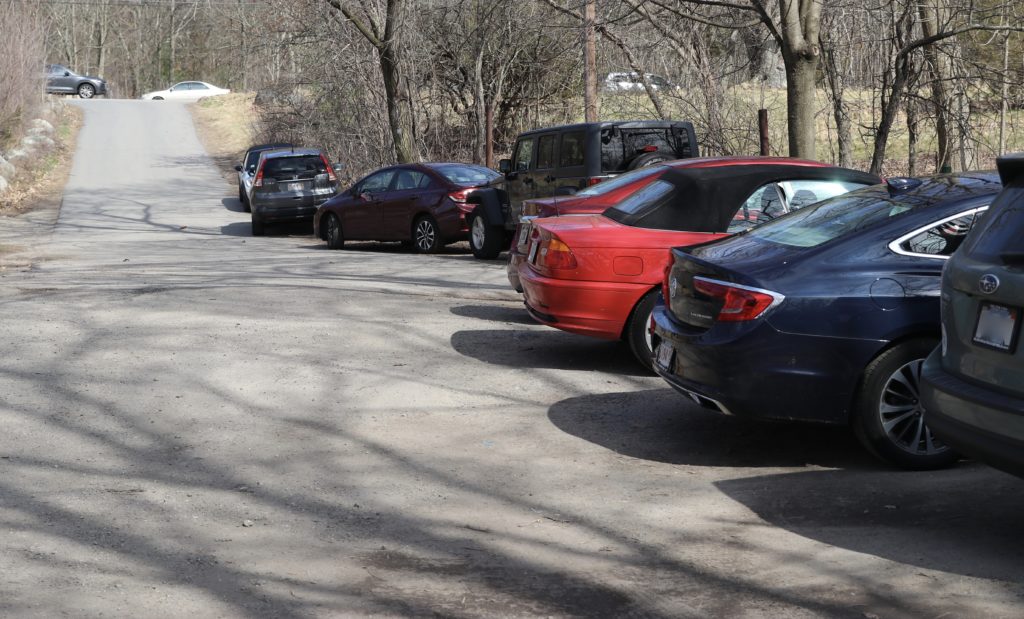Photo: Homer Building, Belmont Treasurer’s office
Belmont will not be joining a growing number of communities around the Commonwealth offering tax relief, including penalty waivers and deadline extensions, to residents in response to the COVID-19 crisis, according to town officials.
The Belmont Select Board will follow a request from Town Treasurer Floyd Carman not to follow the lead of Boston, Springfield, and towns such as Milford in pushing back real estate tax deadlines.
“We’ve been getting a lot of requests and comments” on extending the time residents can pay their taxes to June 1 rather than current May 1 deadline, Town Administrator Patrice Garvin told the Select Board at its Monday, April 13 remote meeting.
In an email to the board, Carman said the major reason for rejecting a delay is due to the likely contraction in cash flow entering town coffers. With Belmont expecting a rapid fall in certain revenue streams in the final quarter of the fiscal year, this is not the time to slow down payments.
Earlier in the meeting, Garvin told the board the town needs “some significant sufficient cash flow to be able to pay our bills until the end of the year because we don’t know over the next two and a half months what’s going to happen.”
Rather than a blanket date change, Carmen will work with residents on a case by case basis.
“The goal is for those members of the community that actually require some relief, there is the desire to collaborate … as opposed to just have an extra 30 days,” said Select Board Chair Tom Caputo.
If residents are having difficulties paying their taxes, they should contact Carman at his office (617) 489-8234) and he will work out a payment plan, according to the email.



